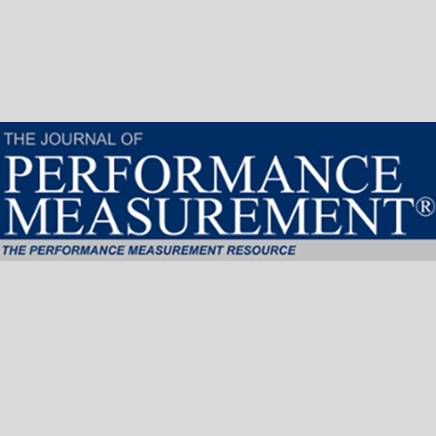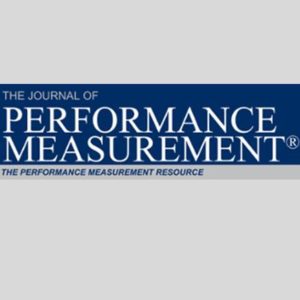The “Missing Link” in Benchmarking Private Equity Performance and a New Twist on “Alpha”
$25
Over the past twenty plus years, various quantitative methodologies have been developed to facilitate comparisons between private equity fund internal rates of return (PEF IRR), and public market benchmark time-weighted rates of return (TWR). Long and Nickels (1996) got the private equity “benchmarking ball” rolling when they introduced the Index Comparison Method, later renamed Public Market Equivalents (LN-PME). This method invests the private equity fund’s investor cash flows in the public market benchmark to calculate a public market equivalent IRR (PME IRR). The over or underperformance (IRR spread) is the PEF IRR minus the PME IRR. Unfortunately, potential disparities in private and public market performance present challenges for the LN-PME method. Since then, there have been proposed methods to correct for the private and public market performance differences; however, they use heuristic approaches and have additional mathematical difficulties. Two promising methods were introduced in 2014.
Joe D’Alessandro, NCREIF
Over the past twenty plus years, various quantitative methodologies have been developed to facilitate comparisons between private equity fund internal rates of return (PEF IRR), and public market benchmark time-weighted rates of return (TWR). Long and Nickels (1996) got the private equity “benchmarking ball” rolling when they introduced the Index Comparison Method, later renamed Public Market Equivalents (LN-PME). This method invests the private equity fund’s investor cash flows in the public market benchmark to calculate a public market equivalent IRR (PME IRR). The over or underperformance (IRR spread) is the PEF IRR minus the PME IRR. Unfortunately, potential disparities in private and public market performance present challenges for the LN-PME method. Since then, there have been proposed methods to correct for the private and public market performance differences; however, they use heuristic approaches and have additional mathematical difficulties. Two promising methods were introduced in 2014.
Joe D’Alessandro, NCREIF



